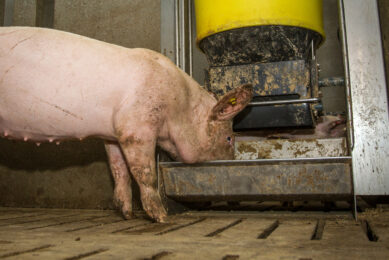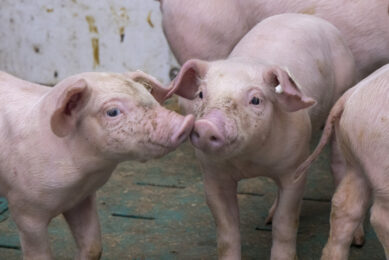ASF Philippines: Pork production to increase in 2022
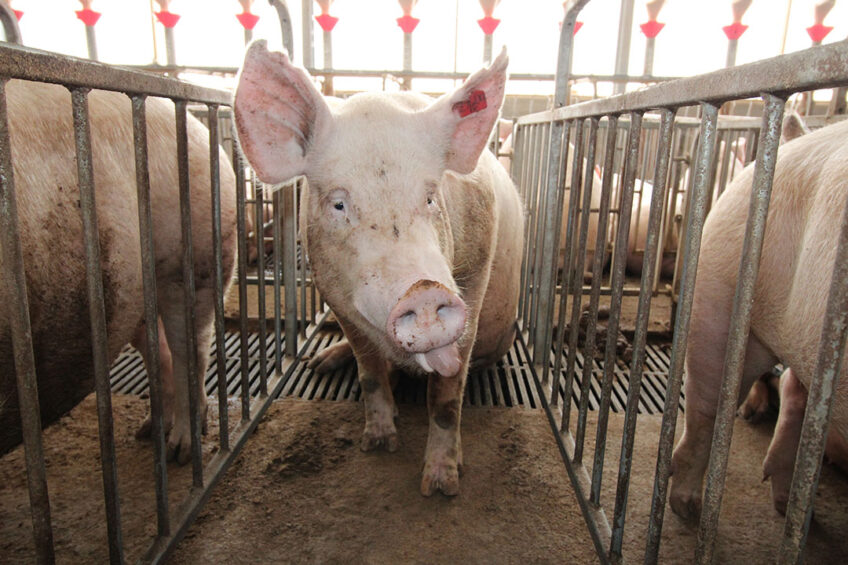
Pork production in the Philippines is expected to rise by 25,000 metric tonnes in 2022, to a total of 1.025 million metric tonnes, as a number of commercial pig producers have made positive herd rebuilding efforts after the African Swine Fever epidemic.
That message was shared in a US Department of Agriculture GAIN staff report which was released earlier this month. However, according to the Philippine Statistics Authority (PSA) data, the full potential of herd repopulation remains constrained by continued ASF cases and the lack of a vaccine.
On another note, most lobby groups are not in favour of pork importation, however, the Philippines government is in full support of pork imports while making all efforts possible to rebuild the nation’s pig herd size.
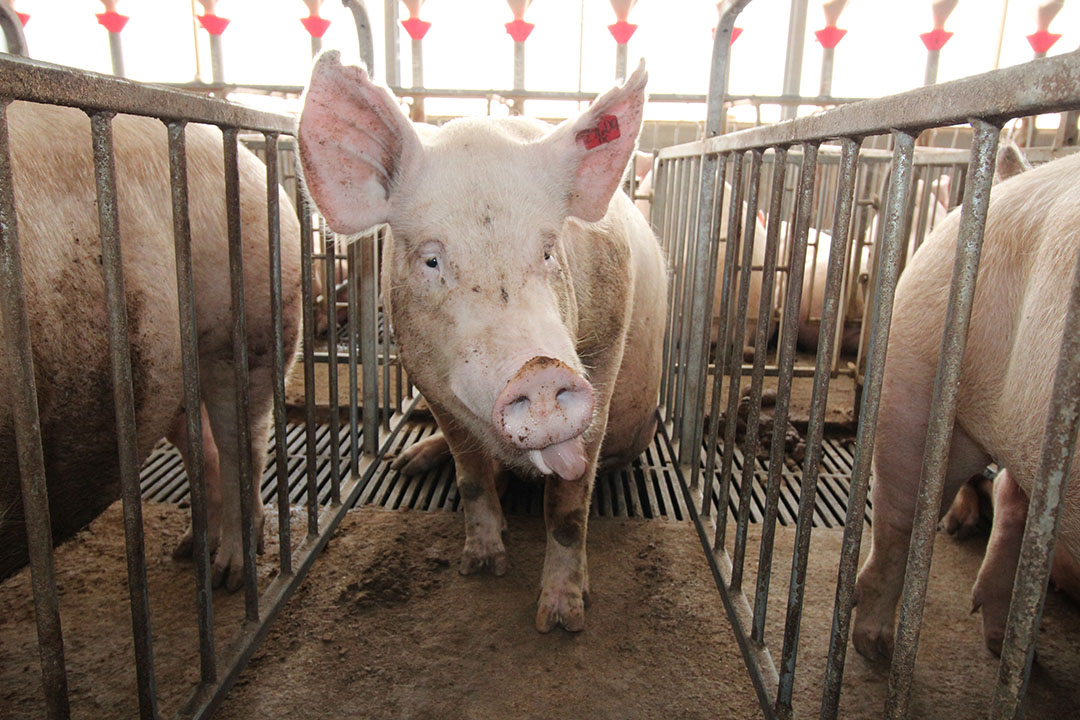
Pork production and imports
The latest report by the PSA noted that total pork production declined 23.4% from January to October 2021 compared to the same period in 2020 (872,153 metric tonnes CWE and 1,139,317 metric tonnes CWE, respectively).
The GAIN report showed that the ASF-free regions had the largest production compared to ASF-infected areas. The ASF-free regions of Central Visayas and Western Visayas recorded highest numbers. The major drawback on production was felt in usually high-producing regions of Central Luzon and Calarbazon which plunged 71% and 49%, respectively; both regions have been heavily affected by ASF.
The GAIN report set the 2022 pork import forecast at 375,000 metric tonnes, which is in line with current trade flows and the Philippine policies on minimum access volume (MAV) and tariffs scheduled to expire in 2022. Imports for 2021 are lowered by 8% to 460,000 metric tonnes due to factors including high prices from underutilised MAV, sea freight and logistical costs and delays, and meat labelling disruptions. From January to September 2021, pork imports were projected at 386,000 metric tonnes, up 244% year-over-year but slowing from the pace of trade of earlier months.
Pig prices and ASF concerns
The Philippines pig herd population has been heavily affected by the 2019 ASF outbreak. Unfortunately, the country has never been free of the virus since its outbreak, although the cases have reduced considerably. As the major reason behind pork importation, ASF remains a challenge not only to the repopulation efforts but also on pork prices.
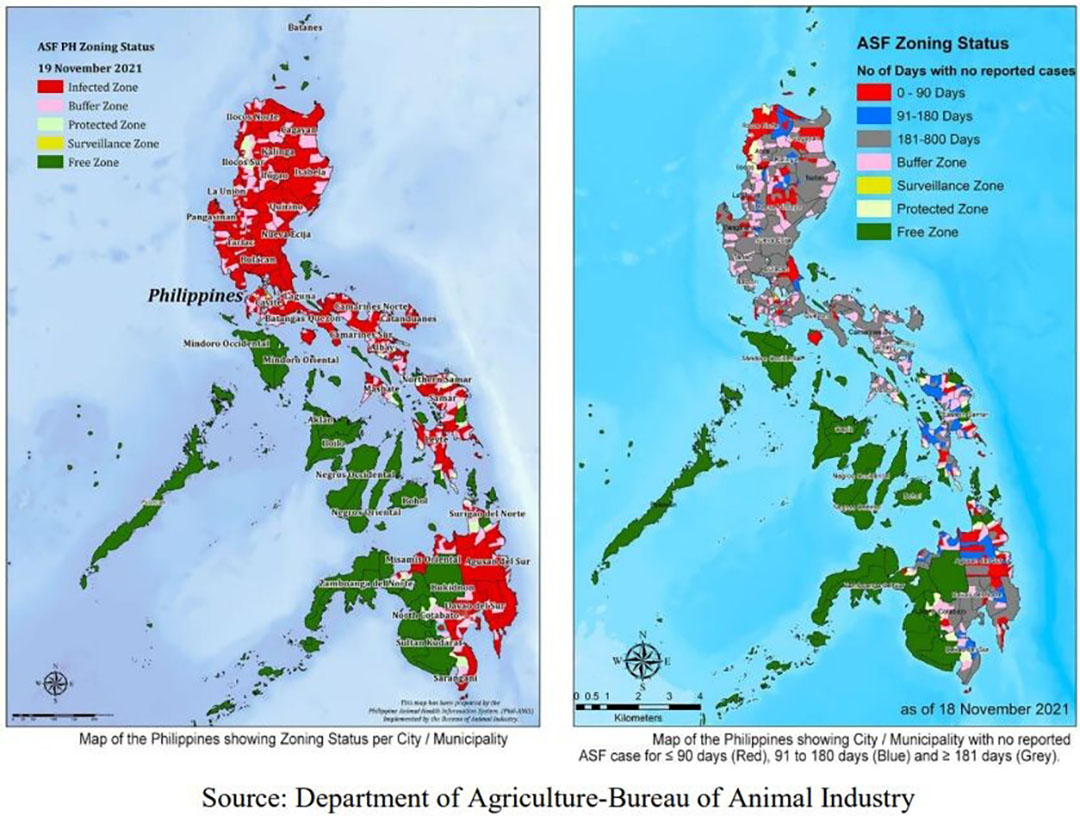
The GAIN report stated: “In response to the government increasing the pork MAV allocation and lowering tariff rates, pork belly prices started to decline from May to October 2021. By October 2021, pork prices were low at P341 (US$ 6.82) per kg. By November, however, pork prices started increasing due to high gasoline prices, increasing demand towards the Christmas holiday season, and policies that prevented the full utilisation of pork MAV and disruptive meat labelling requirements.”
Lobby groups against pork imports
As reported in the Philippines’ Manilla Bulletin, most farmers and pork lobby groups are not on the same side with the government concerning pork importation. During the ‘Halalan 2022 Para sa Agrikultura’ virtual forum hosted by the Philippine Chamber of Agriculture and Food (PCAFI), senator Francis Pangilinan and leaders of several agriculture lobby groups all agreed that the pork importation regime should stop.
Pangilinan said the country “should only import when needed” and that “importation should be a last resort. […] All countries have a way of standing up against [trade agreement pressures]. What has been happening is we choose to go blinded just following mandates. There are grey areas in trade agreements we can hold on to in order to defend our farmers,” he said.
Edwin Chen, president of the Pork Producers Federation of the Philippines, said it is unfortunate that despite pleas from the local pig sector for a cessation on importation, the government has ruled against the local pig sector’s request.
Chester Tan, president of the National Federation of Hog Farmers, spoke against dependency on imports.
Financial support for the pork industry
The government is financially supporting both the herd rebuilding programme and the importation of pork to meet the demand.
The DA National Livestock Program is providing P45 million (US$ 900,000) in grants to install cold chain equipment, which should facilitate the movement of pork from cold storages to traditional markets. The project’s goal is to modernise the food distribution system in traditional wet markets, a key constraint cited by meat importers and traders, to ensure the availability of safe and affordable pork to the public. The government has also approved a P4.1-billion (US$ 82 million) fund for a pig re-population programme.
It remains to be seen whether the government will extend the pork MAV allocation and lowering of import tariff rates throughout the year 2022 and beyond. The MAV guidelines show that lower tariffs are set to remain until May 17, 2022, while 70% of the additional 200,000 metric tonnes of pork imports is available for importers up to October 2021, and the remaining 30% up to January 2022.




